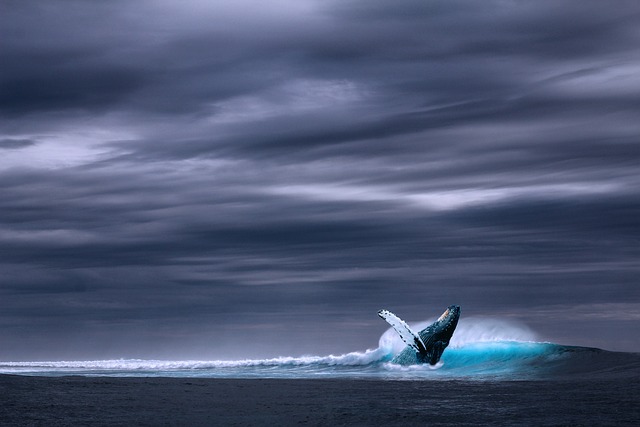



The blue whale, known as the largest animal on Earth, has always fascinated scientists and nature enthusiasts alike. One of the most intriguing aspects of these magnificent creatures is their feeding habits. In this article, we will delve into the world of blue whale feeding and discover what these gentle giants eat to sustain their massive bodies.
The diet of blue whales primarily consists of tiny shrimp-like creatures called krill. These small crustaceans are the main food source for blue whales and provide them with the necessary nutrients to survive and thrive. Blue whales are filter feeders, meaning they consume large quantities of water and filter out the krill using baleen plates in their mouths.
Krill are small, shrimp-like animals that inhabit the world's oceans in massive swarms. They are rich in protein and fat, making them an ideal food source for blue whales. These tiny creatures can grow up to a few centimeters in length and form dense aggregations that can span several kilometers.
Blue whales have a unique feeding mechanism that allows them to consume large quantities of krill in a single gulp. They open their mouths wide and engulf a massive amount of water along with the krill. As the water is expelled through the baleen plates, the krill are trapped and swallowed.
Blue whales are known for their feeding behavior, which involves lunging and gulping massive amounts of water and krill. They are capable of consuming up to 4 tons of krill in a single day. To sustain their enormous size, blue whales need to feed continuously during the summer months when krill populations are at their peak.
During feeding, blue whales exhibit a unique behavior known as "lunge feeding." They accelerate towards a swarm of krill with their mouths wide open, engulfing as much water and krill as possible. This behavior allows them to maximize their feeding efficiency and consume large quantities of krill in a short period.
Blue whales have developed several feeding strategies to optimize their krill consumption. One of these strategies is called "bubble net feeding." This behavior involves a group of blue whales working together to encircle a school of krill and create a net of bubbles. The bubbles rise to the surface, trapping the krill within the net, making it easier for the whales to feed.
Another feeding strategy employed by blue whales is called "skim feeding." This behavior involves swimming just below the surface of the water with their mouths open, skimming the water for krill. Skim feeding allows blue whales to feed on krill that are closer to the surface, saving energy and maximizing their feeding efficiency.
While krill make up the majority of a blue whale's diet, they are known to consume other prey items as well. Occasionally, blue whales may feed on small fish, squid, and other zooplankton. However, these prey items are not as abundant as krill and are not a significant part of their diet.
The diet of blue whales has a significant impact on their behavior and migration patterns. Blue whales follow the seasonal movements of krill populations, migrating to areas where krill concentrations are highest. They undertake long-distance migrations to find these food-rich areas, often traveling thousands of kilometers.
Blue whales also exhibit feeding behaviors that are influenced by the availability of krill. When krill populations are low, blue whales may alter their feeding strategies or travel to different areas in search of food. The abundance of krill plays a crucial role in the survival and reproductive success of blue whales.
Blue whales are magnificent creatures that rely on a diet primarily composed of krill to sustain their massive bodies. Their feeding behavior, such as lunge feeding and bubble net feeding, allows them to consume large quantities of krill efficiently. The availability of krill influences their behavior and migration patterns, highlighting the importance of these tiny crustaceans in the lives of blue whales. Understanding the feeding habits of blue whales is essential for their conservation and the preservation of their delicate marine ecosystems.
Leave a Reply
Related posts